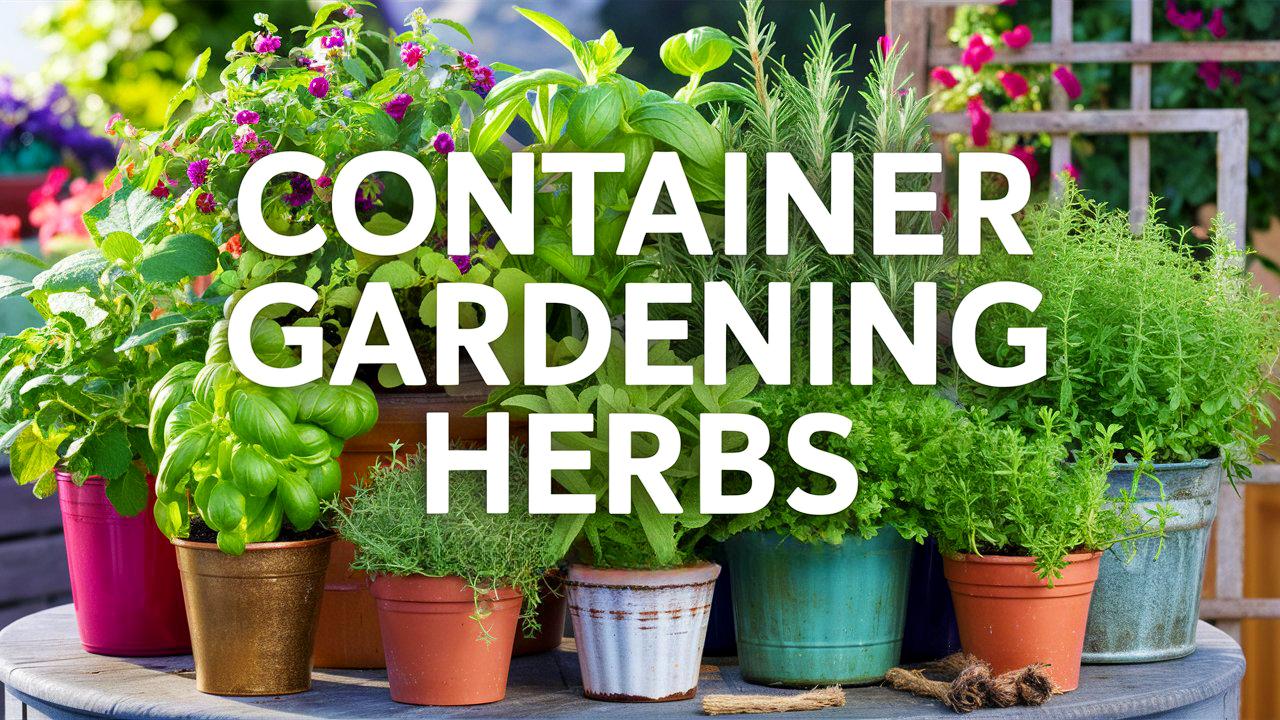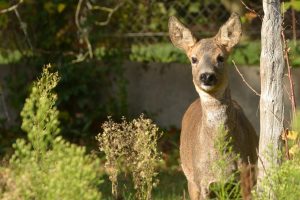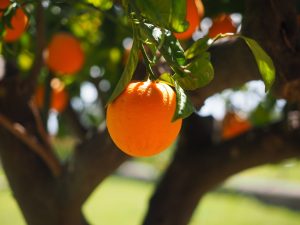Container gardening has gained immense popularity among urban dwellers and gardening enthusiasts alike. It allows anyone, regardless of their living space, to cultivate beautiful and flavorful plants right at home. Herbs, in particular, are perfect for container gardening as they can thrive in small spaces while filling your cooking with fresh flavors.
In this guide, we’ll explore a variety of herbs ideal for container gardening, provide tips on how to care for them, and discuss some herbs that may not perform well in pots.
Basil
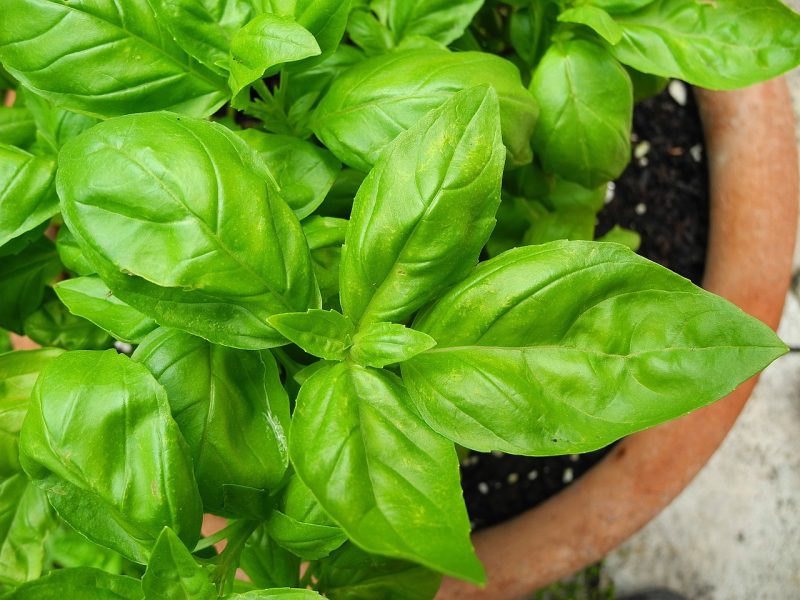
Basil is often considered the quintessential herb; its sweet and slightly peppery flavor makes it a staple in cuisines worldwide. This herb is particularly suited to container gardening due to its compact growth habit and adaptability.
When planting basil in containers, choose a pot that is at least 6 to 8 inches deep. This will allow enough room for its roots to spread out. Basil requires full sunlight, so place your containers in areas where they will receive at least 6 hours of direct sunlight each day.
Watering is crucial for basil. Keep the soil consistently moist, but avoid waterlogging, as this can lead to root rot. A well-draining potting mix enriched with organic matter will provide the necessary nutrients and drainage. Regularly pinch off the buds to encourage bushier growth; doing this prevents the plant from bolting and ensures a continuous harvest.
Mint
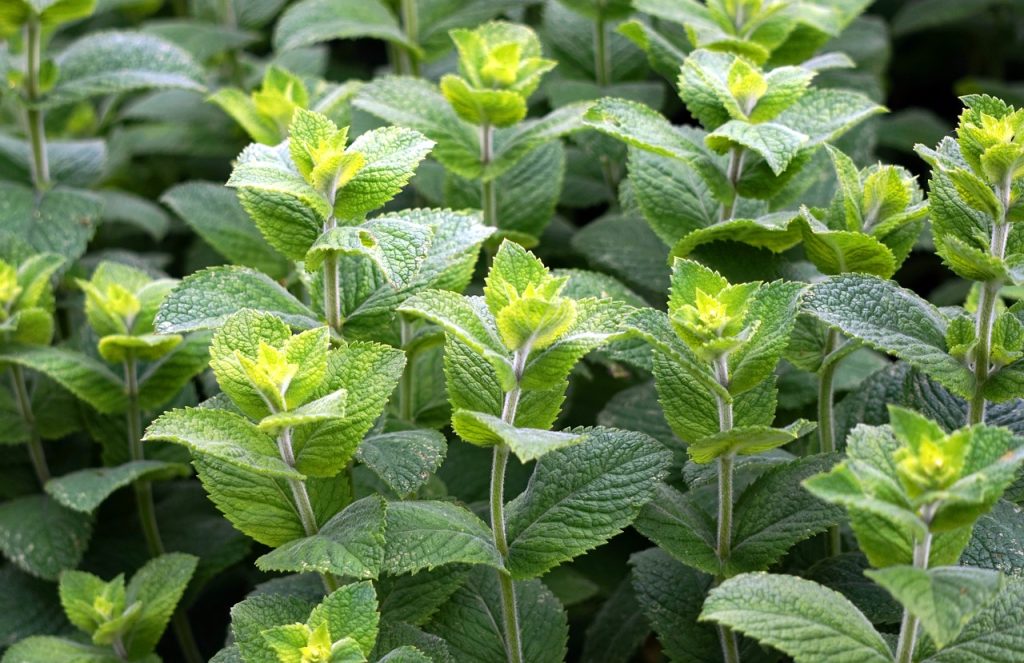
Mint is a highly aromatic herb that can add a refreshing touch to various dishes and beverages. However, it is essential to note that mint spreads quickly, so growing it in a container can help keep its growth in check.
Select a wide, shallow pot for mint, as its roots can grow horizontally. Ensure the pot has drainage holes to avoid standing water, which can cause rot. Mint thrives in partial shade but can also tolerate full sun. Aim for around 4 to 6 hours of sunlight.
Water your mint regularly, especially during hot weather, to keep it hydrated. Mint prefers moist soil, so checking the moisture level often is a good practice. Trimming and harvesting the leaves frequently will not only keep your mint looking lush but will also promote healthier growth.
Thyme
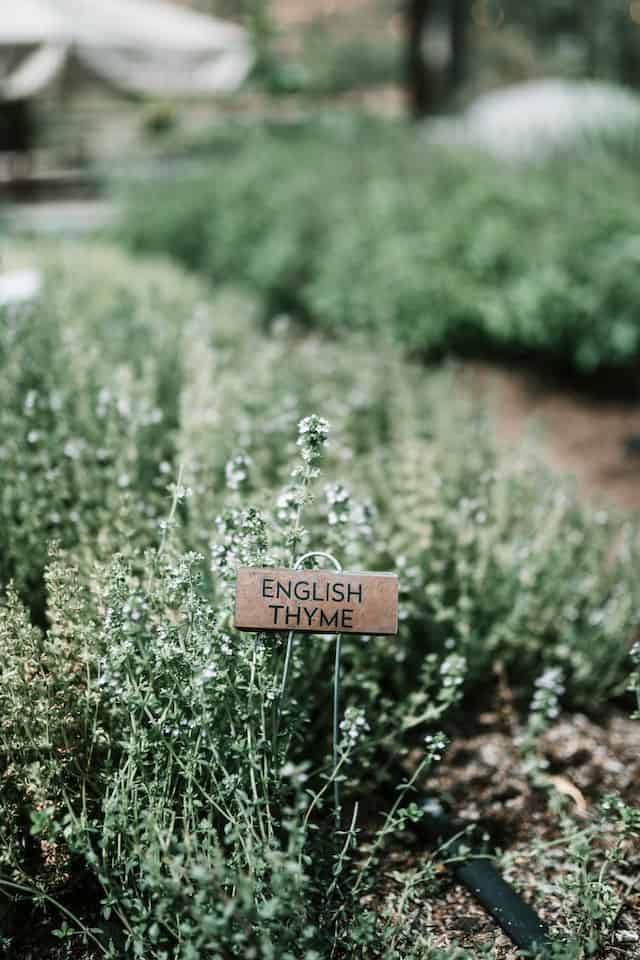
Thyme is a versatile herb celebrated for its aromatic leaves and ability to enhance dishes significantly. Its compact nature makes it an ideal candidate for container gardening.
When selecting a pot, choose one that is at least 8 to 10 inches deep, allowing sufficient space for the roots to develop. Thyme prefers well-drained soil, so mix in some sand or perlite with standard potting soil to improve drainage.
Thyme loves sunlight, so position its container where it can bask in full sun for at least 6 hours a day. When watering thyme, allow the soil to dry out between waterings, as this herb prefers drier conditions. Thyme is relatively low-maintenance and will thrive with minimal care. Regular trimming encourages new growth and keeps the plant from becoming woody.
Parsley
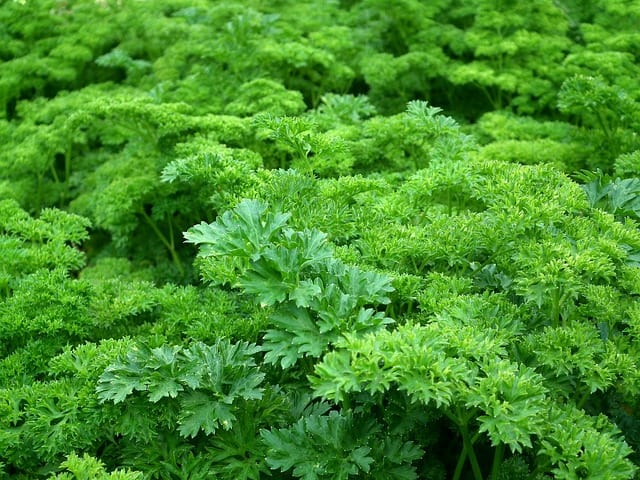
Parsley, known for its vibrant green leaves and mild flavor, is another excellent herb for container gardening. It serves as both a garnish and a flavorful addition to many dishes.
Containers should be at least 6 to 8 inches deep to accommodate the root system. Parsley grows well in rich, fertile soil, so use a high-quality potting mix that retains moisture while still draining well.
This herb can flourish in full sun or partial shade. If you live in a particularly hot climate, providing some afternoon shade can help prevent the leaves from scorching. Regular watering is crucial; keep the soil consistently moist but not soggy. Parsley benefits from frequent harvesting, which encourages new leaf growth.
Rosemary
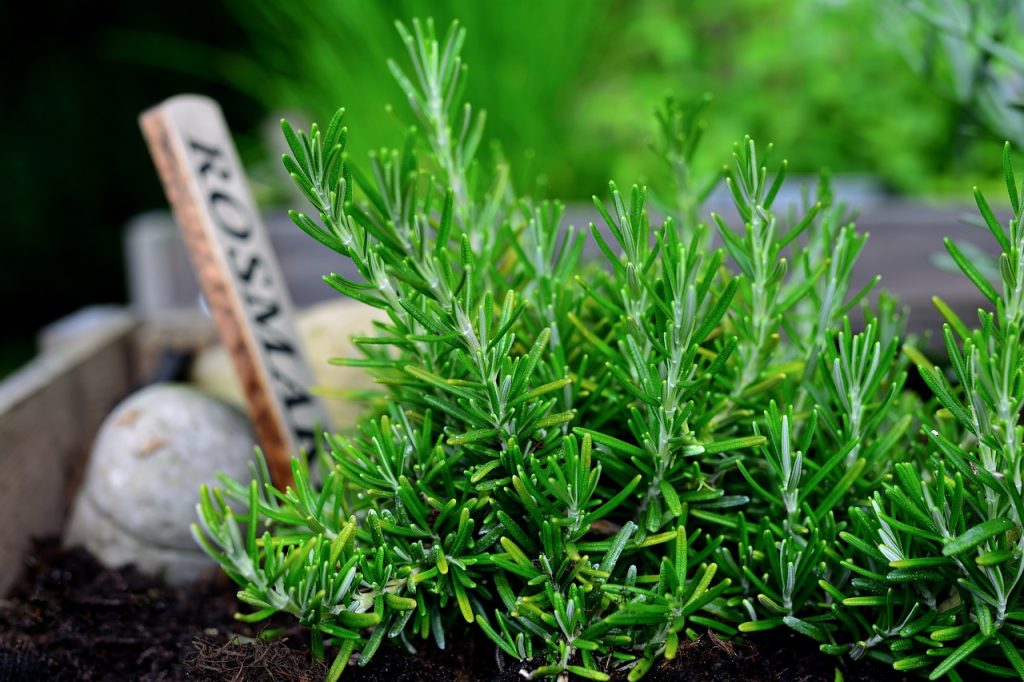
Rosemary is a hardy, evergreen herb characterized by its fragrant aroma and needle-like leaves. Beyond its culinary uses, it also adds beauty to your container garden.
Choose a pot that allows for good drainage; rosemary prefers drier conditions compared to other herbs. A container around 10 to 12 inches deep should be sufficient. Use a sandy potting mix that drains well, and avoid overwatering; rosemary thrives in lean, well-drained soils.
Full sun is essential for rosemary, so position the container where it will receive at least 6 to 8 hours of sunlight daily. Allow the top inch of soil to dry out between waterings to help prevent root rot. Rosemary can also be grown indoors, provided it gets ample sunlight. Pruning rosemary encourages bushier growth and can also prevent the plant from becoming leggy.
Chives
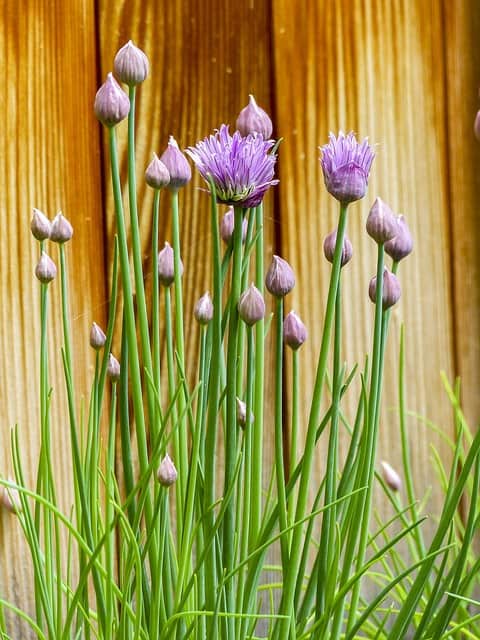
Chives, with their onion-like flavor, are popular for adding a mild taste to various dishes, especially soups, salads, and potato dishes. They are perfect for container gardening due to their petite size and ease of growth.
A container that is 6 to 8 inches deep will suffice for chives. They prefer rich, well-draining soil, so be sure to choose or amend a potting mix to include compost or organic matter.
Chives grow best in full sun to partial shade, so a location that receives 4 to 6 hours of sunlight is ideal. Water regularly to keep the soil consistently moist but not soggy. Chives will benefit from being cut back regularly; this encourages fresh growth and helps to maintain a tender flavor.
Oregano
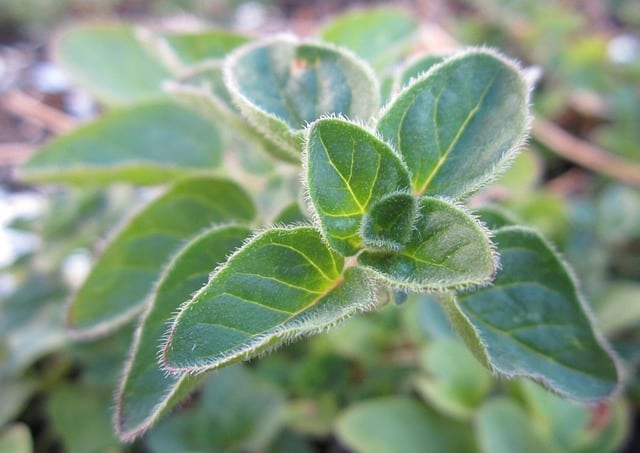
Oregano is a classic herb used in Mediterranean and Italian cuisines, known for its warm, peppery flavor. Its bushy growth makes it a perfect choice for container gardening.
For oregano, a container of at least 6 to 8 inches deep will work well. It prefers well-drained soil, so use a mix that contains sand or perlite. Place your oregano in full sun for optimal growth, aiming for 6 to 8 hours of direct sunlight each day.
Water the plant when the top inch of soil dries out, as oregano prefers drier conditions. Regular pruning will help keep the plant healthy and encourage new growth. Harvesting the leaves throughout the growing season will enhance the flavor profile of your dishes.
Cilantro
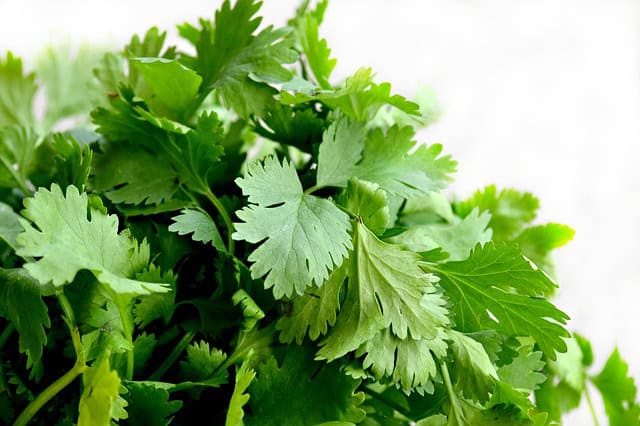
Cilantro, also known as coriander, is a unique herb used in various cuisines, especially in Asian, Middle Eastern, and Mexican dishes. It’s relatively easy to grow and does well in containers.
Use a pot that is at least 6 to 8 inches deep. Cilantro prefers rich, well-draining soil, so an organic potting mix supplemented with compost works well. It thrives in full sun but can benefit from some shade, especially in hotter climates.
Cilantro is known for its rapid growth cycle; it bolts quickly in hot weather. Water the plant when the top inch of soil feels dry. To maximize the harvest, be sure to cut the leaves regularly. If your cilantro does bolt, you can still harvest the seeds, known as coriander.
Sage
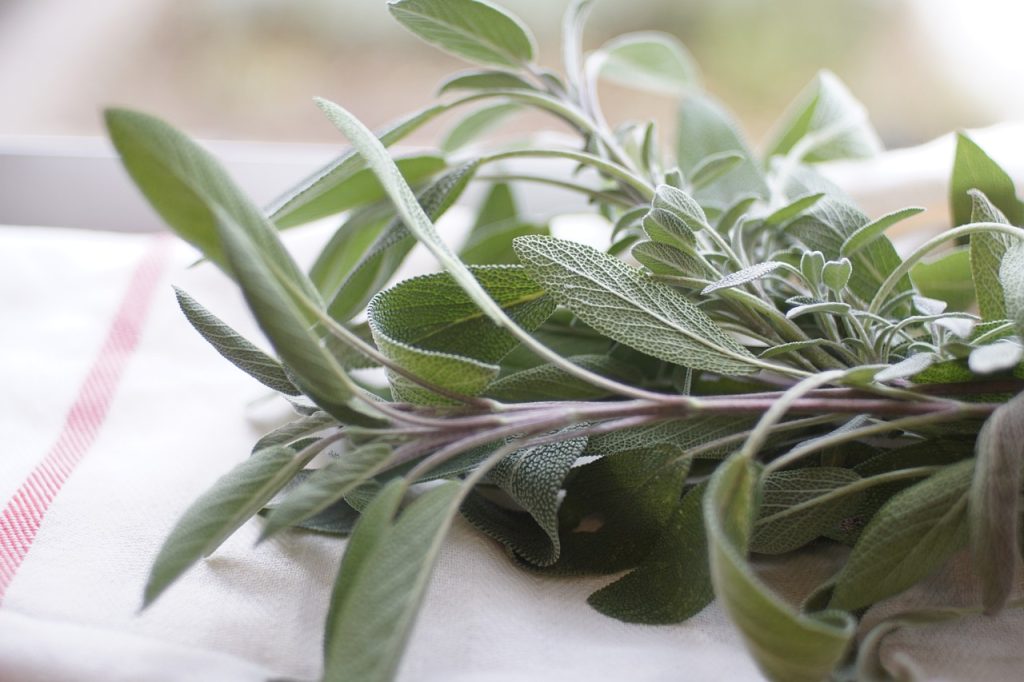
Sage is an aromatic herb with soft, gray-green leaves and a slightly peppery flavor. Its hardy nature makes it well-suited to container gardening.
Opt for a pot that is at least 10 inches deep to provide room for its roots. Sage prefers well-draining soil; choosing a sandy potting mix will help avoid water retention. Position your sage where it can receive full sun, ideally at least 6 to 8 hours of light each day.
Be careful not to overwater; sage thrives in somewhat drier conditions. Allow the soil to dry between waterings. This herb benefits from pruning as well; trimming back the stems encourages bushy growth and abundant leaves.
Tarragon
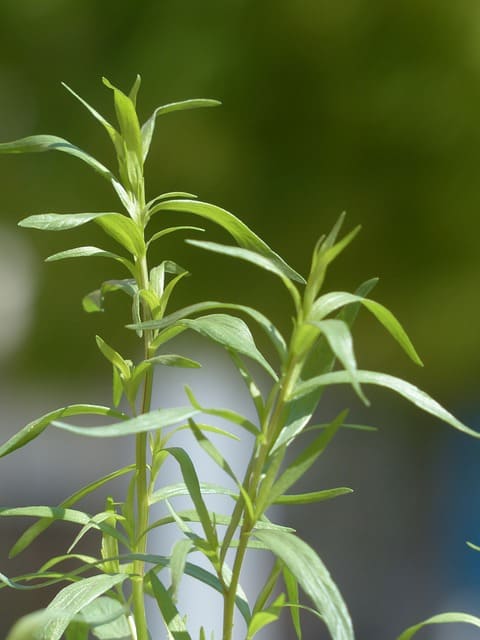
Tarragon is a perennial herb with a unique licorice flavor, often used in French cuisine. Container gardening is an excellent way to grow this herb, as it can be a bit particular about its growing conditions.
A pot that is at least 8 to 10 inches deep is suitable for tarragon. It thrives in well-draining soil enriched with organic matter. Choose a location that receives at least 6 hours of sunlight daily.
Tarragon prefers somewhat moist conditions, so water it regularly while ensuring the soil drains well. Pruning the plant will encourage more bushy growth and prevent the stems from becoming too woody. Tarragon can also be grown indoors, as long as it gets enough light.
Herbs That Don’t Thrive in Containers
Not all herbs are suitable for container gardening. Some varieties have root systems that require a larger space or tend to grow too vigorously for confined areas. Here are a few examples of herbs that typically don’t thrive in pots:
Dill
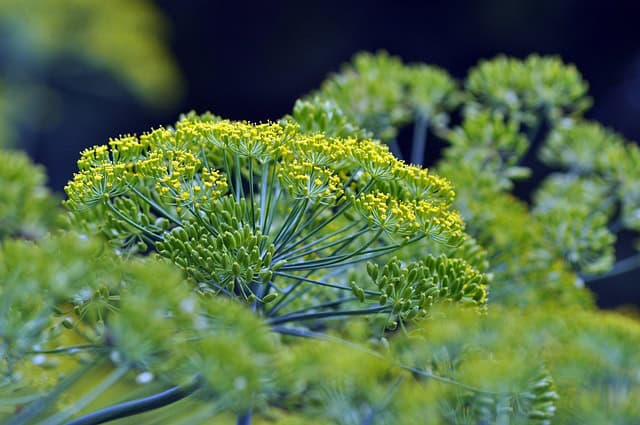
Dill, known for its feathery leaves and mild flavor, can grow quite tall and has a deep root system. While it can be grown in containers, it often doesn’t reach its full potential in smaller, confined spaces.
Fennel
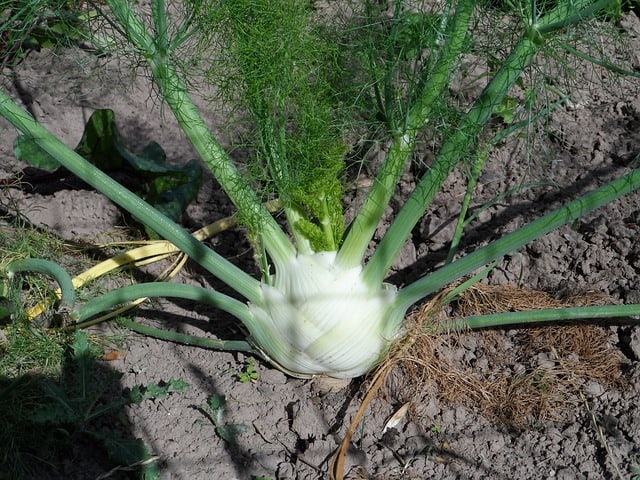
Fennel is another herb with a large growth habit. The bulbous base and tall flower stalks require ample space to develop. Containers may hinder its growth, leading to smaller, less productive plants.
Horseradish
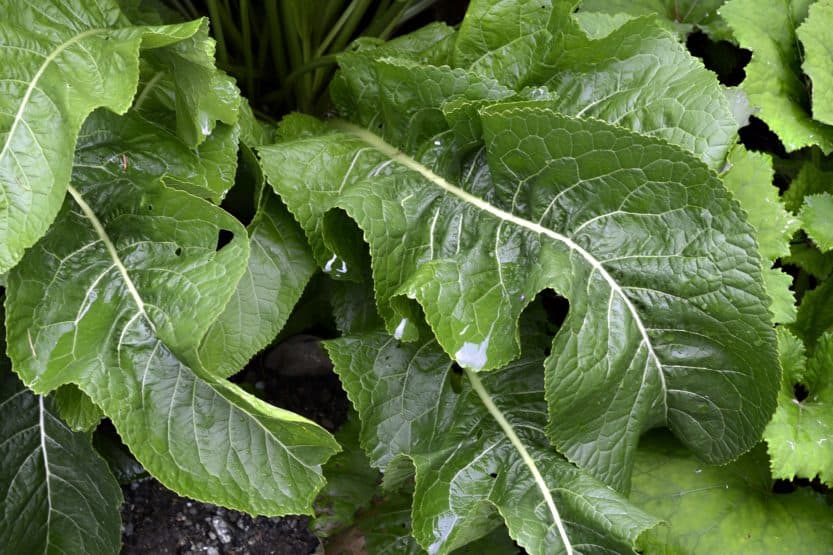
Horseradish is a perennial herb that typically spreads vigorously through its roots. While it can be grown in containers, it often requires a larger pot to prevent overcrowding and facilitate growth.
Lovage
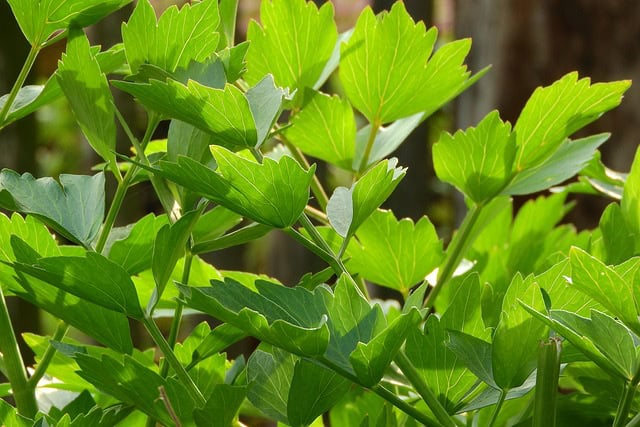
Lovage, with its tall stems and expansive root system, often struggles in container settings. This herb prefers soil depth for optimal growth, making it less ideal for confined spaces.
Angelica
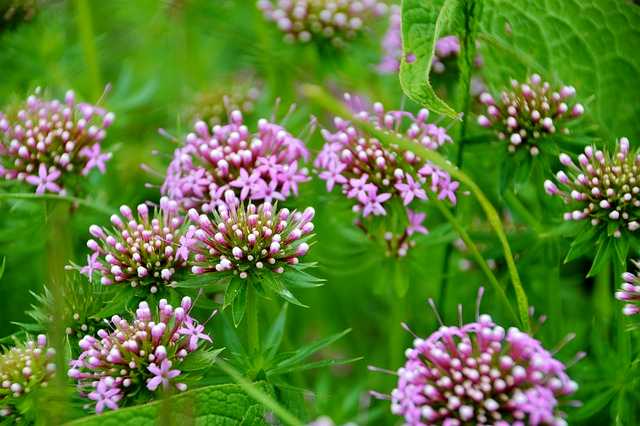
Angelica is a tall herb that can grow quite large, making it unsuitable for smaller containers. Its deep taproot also requires significant space to develop adequately.
Conclusion
Container gardening is an excellent way to introduce fresh flavors into your cooking by growing your own herbs. Whether you choose to cultivate basil, mint, thyme, or any of the other herbs listed, be sure to consider their specific needs in terms of sunlight, watering, and soil. Remember, gardening is a learning experience, and with each season, you’ll gain new insights into what works best for your plants.


